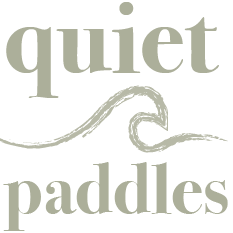Ripping is the opposite of cross cutting. Instead of a cut across the board, you are usually making a cut along the length of the board. Hook angle and tooth count are two explicit differences you’ll find in blades. Each blade is touted to have their advantages. In my experience, tear out along the cut and the smoothness of the cut surface tend to vary a good bit from blade to blade.
The Wood Whisperer goes into more details. How can you go wrong with a name like that?
Personally, in my shop I use Forrest Woodworker II blades. LOVE THESE BLADES. I burned one up over the years and have since bought two more. Wonderful blades. Worth the money. I also have a cheaper blade that I use for ripping the engineered wood that I use for the forms. I found that the glue used in laminating this lumber made for a tough cut with the WWII blades. Heat built up, the surface burned, the blade got all gunky, and worst of all the teeth were dulled. So not I keep the WWII blades for the “good stuff” and I sacrifice this “other” blade when it comes time to rip a bunch of form blanks from that nasty (but very straight) engineered wood.
Beyond the blade, when ripping shaft strips I set up an extension table at the same height as the table on my table saw. Trying to hold a long board as you push it past the blade is dangerous when ripping. Get both surface the same height and slide the board form one surface to another, with no stress as your pushing hand (or stick) approaches the blade.
Finally, when ripping be patient. Pushing too hard strains the saw motor. Hopefully this will trip the circuit and teach you a lesson about haste before you burn up the motor. Urgent pushing also generates heat and strain on your connections. Be patient grasshopper. As soon as you hear or feel the motor start to labor, quit pushing so hard, ease up and let the saw blade whisper to you how fast it wants to go.

